Awesome Things to Do in Nicaragua for Your Adventure Bucket List
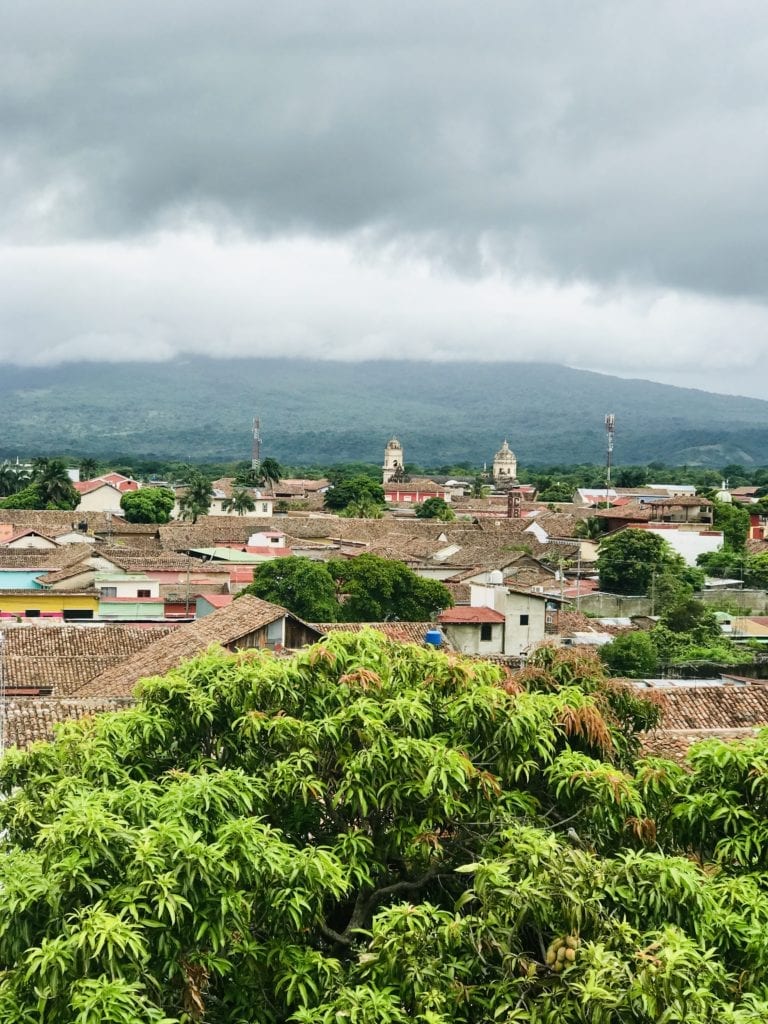
Nicaragua is a country people don’t hear too much about or have on their radar as a vacation destination — at least not lately, but let me tell you why it should be.
The name translates to, “here united with the water” and the country does have a chill, surfer haven vibe. The western region was colonized by Spanish settlers, while the east was once under British rule. Combined with the coast’s Caribbean flair, it’s created a unique melting pot and mish mash of cultures. Also known as the “land of lakes and volcanos,” Nicaragua is the biggest country in Central America despite a smaller population which means more room to play. There are 10+ volcanoes (both active and dormant) and 365+ islands (one for every day of the year) to explore so you better believe eco-tourism is big business.
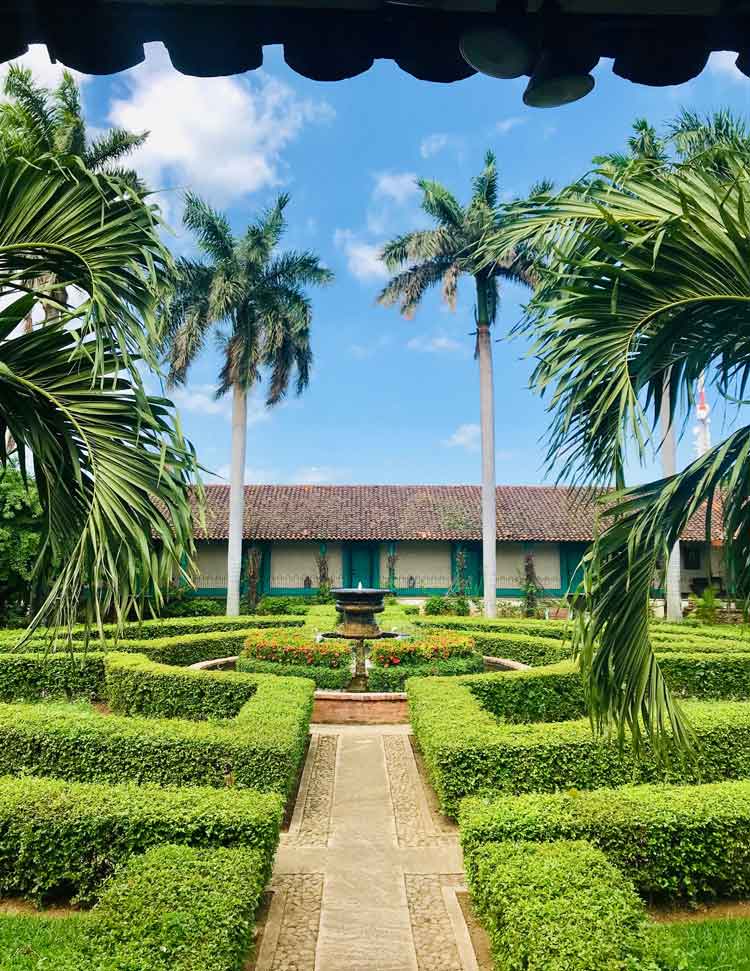
Before I visited, I’d heard it compared to a rugged and wild Costa Rica 10 years ago (before over-tourism) but that’s not really accurate because Nicaragua has always had the infrastructure to support tourism. It was the fastest growing destination in Central America before travelers were deterred by the threat of a civil war a few years back and the political unrest really killed their trajectory. Since then, it’s very much tapered off and seems to have finally turned a corner where they can start to rebound.
The million-dollar question remains: is it safe to visit Nicaragua? That’s a decision based on your personal comfort level but in my opinion, it’s as safe as anywhere else in the world right now. The political situation isn’t completely resolved but the protests have very much died down and it’s highly unlikely it will affect you as a visitor.
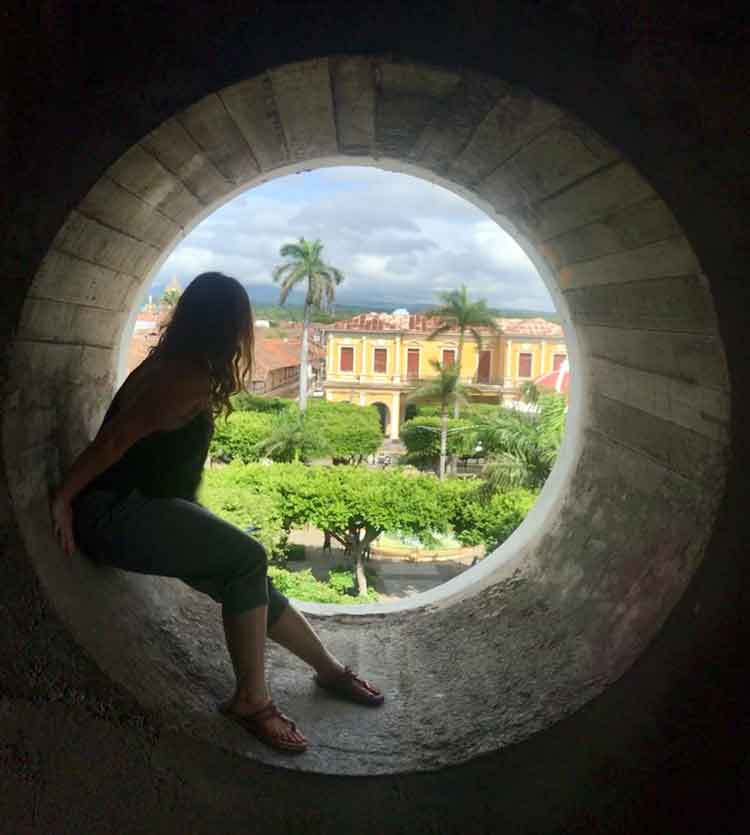
The country is so appreciative of any visitors and you can really see a direct impact on the people and their livelihoods which I love (and believe me, there are some serious characters down there). Since everywhere I go tends to blow up in a few years (Iceland, Croatia, looking at you), get there now. If I haven’t convinced you yet, here are just a few of the awesome things to do in Nicaragua and tips for visiting.
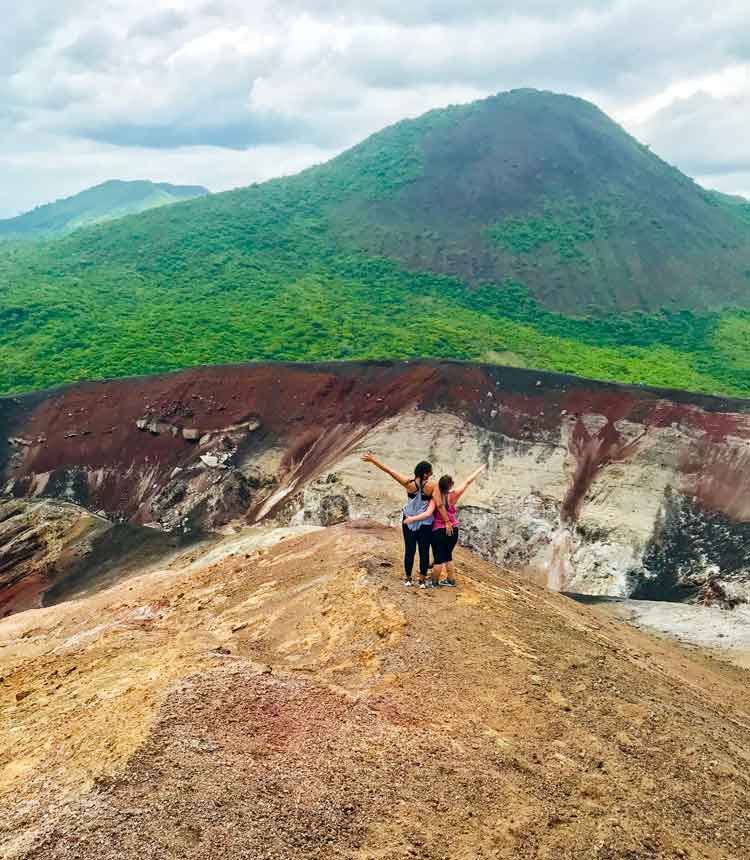
Hike Up and Sand Board Down a Volcano
It wasn’t my first time hiking a volcano (thanks New Zealand), but it was my first-time sandboarding down one, a fun and filthy adrenaline rush. Getting to Cerro Negro is an adventure in itself, which involves a bumpy hour drive up a winding dirt road with random animals as the only traffic (insert joke about pigs, horses, chickens, and cows crossing the road here) that felt like Farmville meets Jurassic Park. Definitely go with a guide as it’s not the kind of DIY activity you can attempt on your own and definitely don’t try to bring a rental car up the trail.
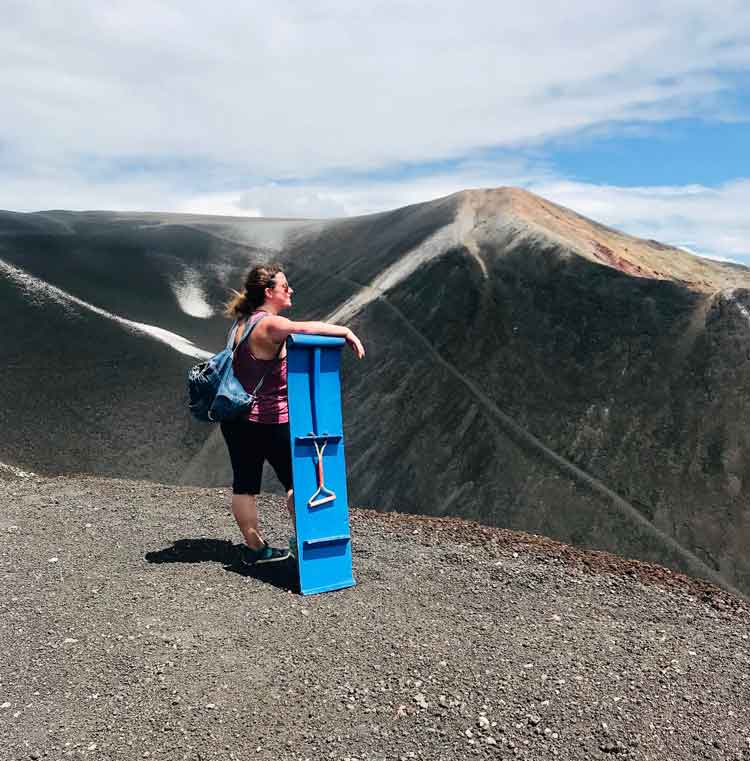
You can rent a snowboard, sled, dirt bike, or even motorcycle to ride down but considering the descent takes only about five seconds, a sled was crazy enough for me. Rated moderate, the hike up is about 45 minutes (with loose rock, sandy sections, intense heat, and trying to balance a board on your back more challenging than the actual altitude gain). The track you descend down looks much steeper and more intimidating from the bottom as you can control your speed pretty easily by planting your feet. You’ll timidly push yourself off the edge, gaining speed as you gain confidence and begin to trust you won’t topple off the board. They give you a hefty jumpsuit and dusty goggles to wear but you’ll still arrive completely coated in black ash with bits of rock to be found days later in parts unspoken. Scream for dramatic effect and to freak out the other tourists waiting their turn to go.
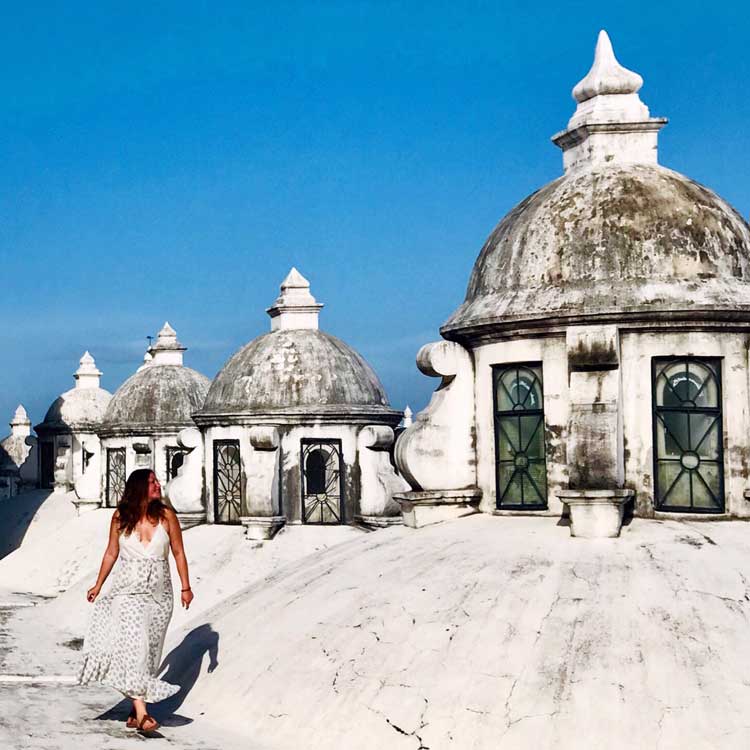
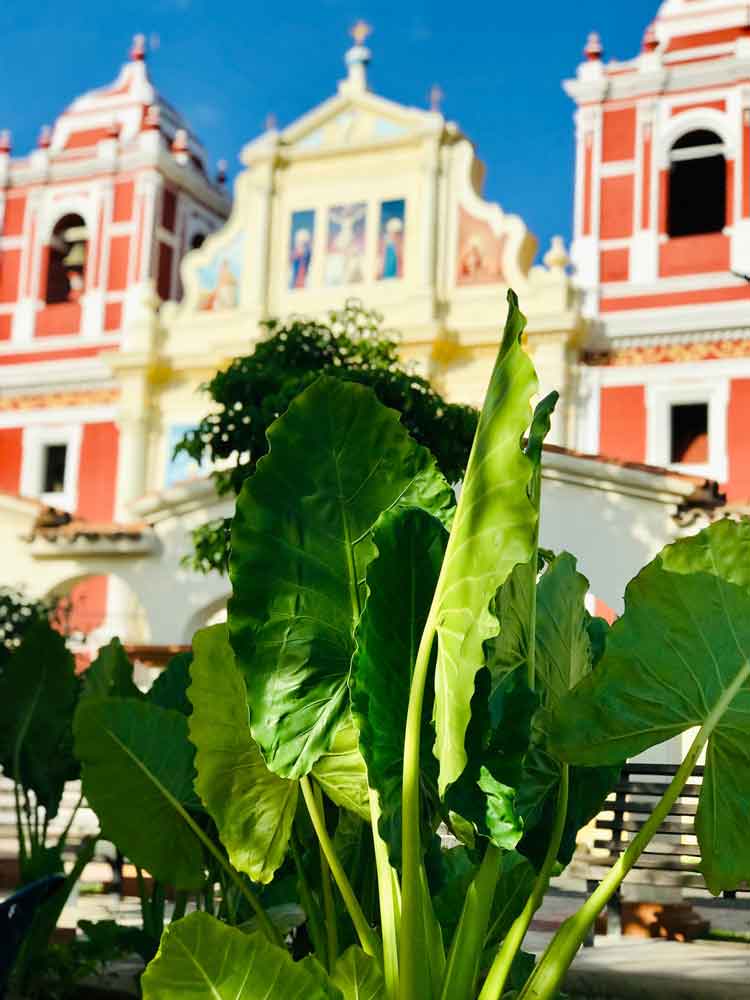
Tour the Spanish Colonial Cities
Nicaragua’s two most famous cities are León and Granada for their colorful facades and charming architecture. Everything feels like a giant Instagram backdrop plucked from another period entirely as the “newer” buildings are from the 1920s. You may have seen photos of León’s iconic white cathedral, Cathedral of Leon, the largest in Central America and a UNESCO World Heritage Site where you can climb on the roof and sashay between the towers. There are actually 16 churches of varying colors and designs sprinkled throughout town all primed for photos.
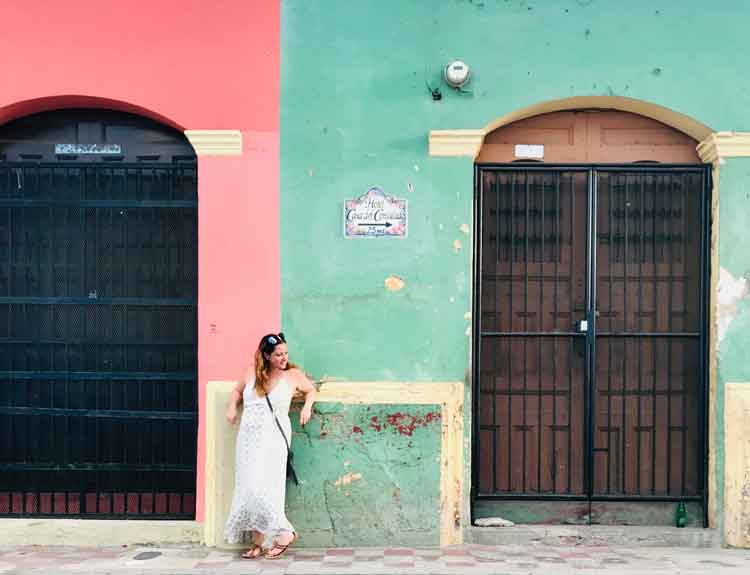
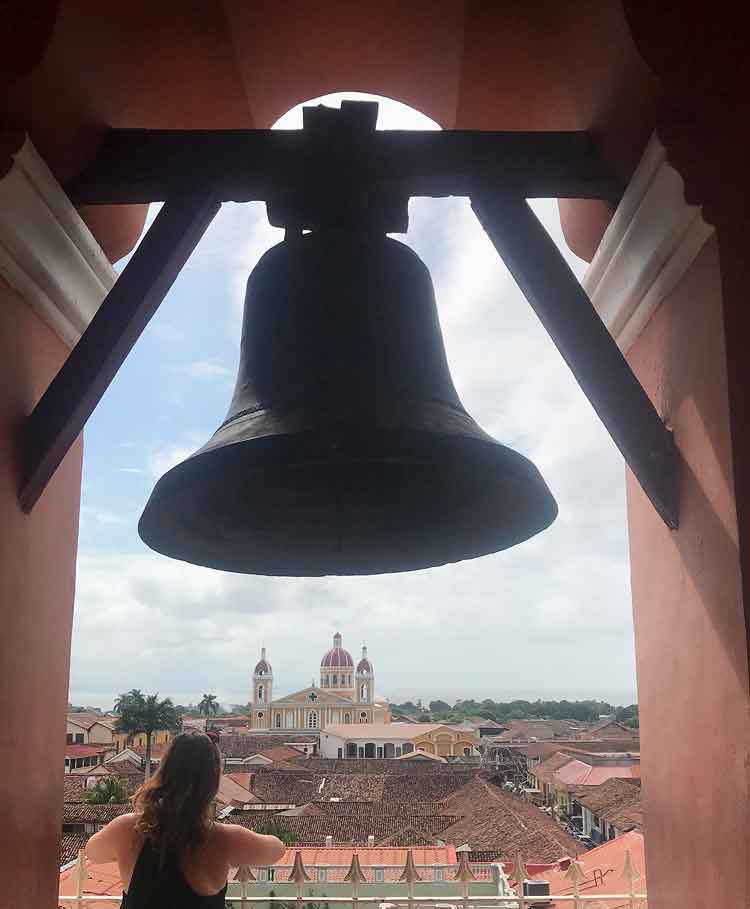
Personally, I preferred Granada since everything was walkable or tourable by horse and carriage, and it felt a bit livelier. It’s also a bit more tourist friendly (read: gringo) with more international cuisine (Garden Café, j’adore), plentiful hostels (check out Selina), and English menus. Even more churches await with tons of history written into those walls, but if that’s not your thing (guilty) they’re still worth a look-see at least for the ‘gram. For the best views of the city, you can ascend the winding staircase to the bell tower at Iglesia de La Merced and pose in the circular domed window atop Our Lady of the Assumption Cathedral or head to one of the two ports for views of the lapping water.
Plan Your Trip: Where to Stay in Granada
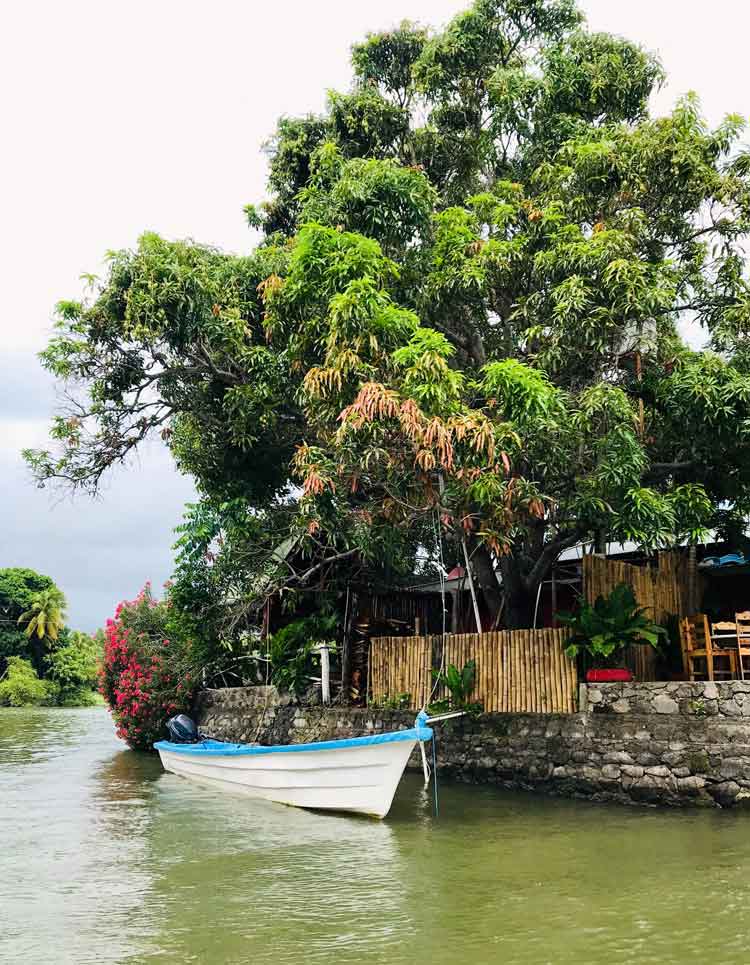
Island Hop
Created as a happy accident by an ancient volcanic blast, there are 365 small islets near Granada you can visit by speedboat. It’s the only lake in the world to have sharks because it connects right into the ocean, looks like a lush jungle-scape, and boasts black sand beaches, a result of the ash. One island has a fortress, cannons, war ruins, and mangos you can eat right from the trees, another is “monkey island” where you can hand feed the domesticated animals as they swing through the trees, and still others have a spattering of vacation home rentals and eco-lodges if you’re looking to get off the grid. A few hundred folks live on the various archipelagos enjoying a relaxed fisherman’s way of life and you can actually buy a few of the private islands for less than my condo in Denver (trust me, it’s tempting).
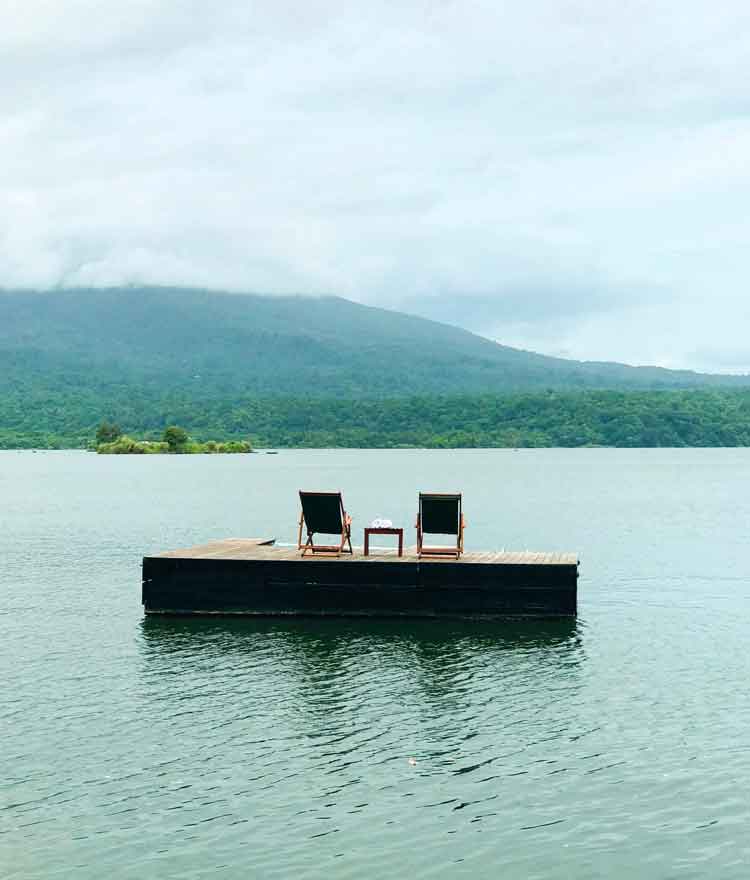
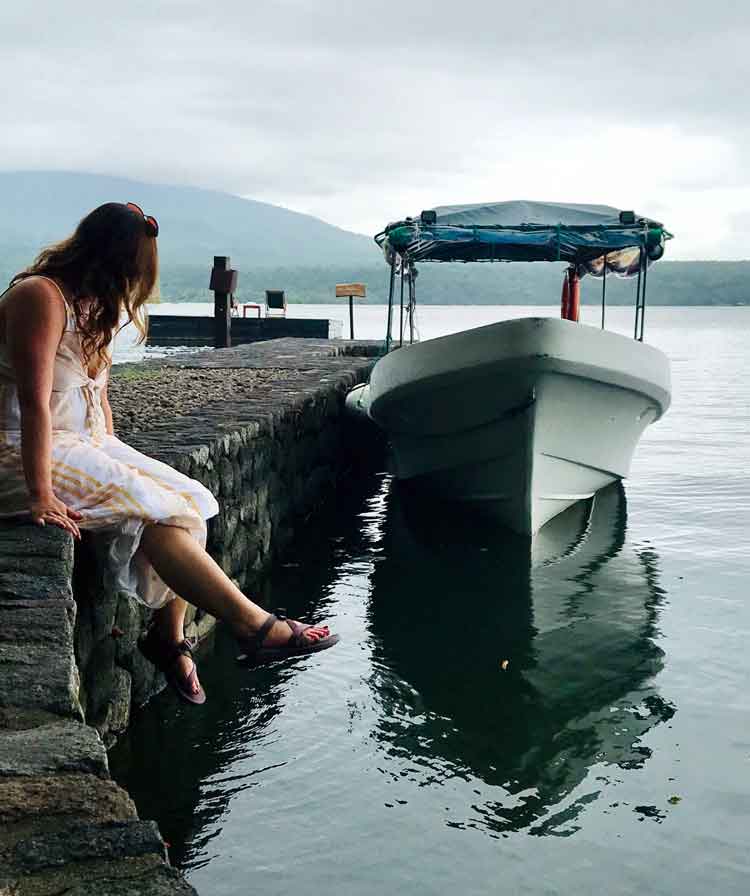
Make sure you visit (or stay at) Jicaro Island Lodge. One of National Geographic’s most unique resorts in the world, you can enjoy a romantic meal on the floating dock, do morning yoga, and practice sun salutations from your own personal paradise. The nine-bungalows consist of two-story treehouse casitas with sexy showers you can look down into for a truly remote and luxurious escape.
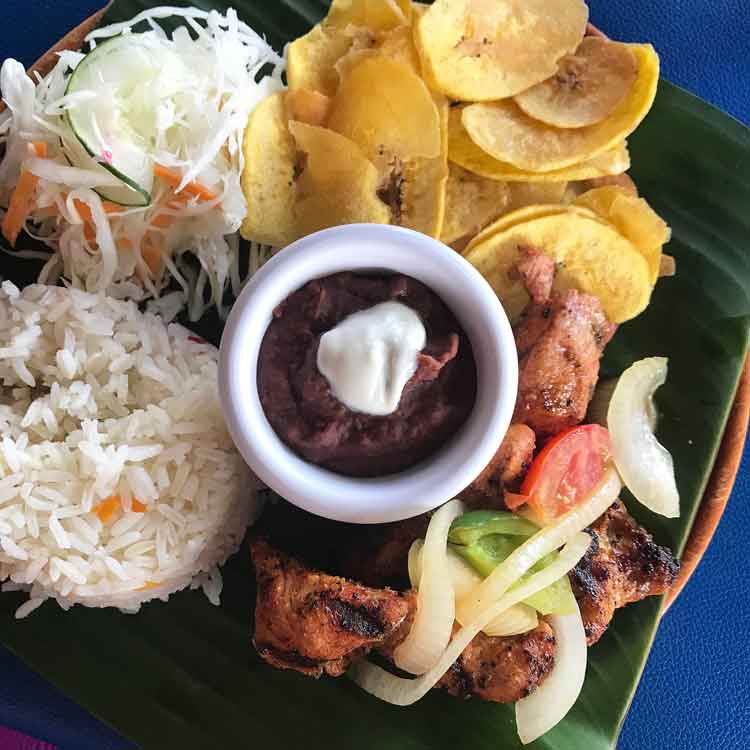
Eat Like a Local
Is there anything more adventurous than tasting the local cuisine? I think not. Thankfully, food isn’t too crazy here (no guinea pig like Peru). Typical snacks and meal accompaniments include gallo pinto (rice and beans), tostones, fried plantains (not sweet), and queso frito, fried cheese cubes. There are tons of seafood options on the coast (read: lobster for days) and beef and pork inland, primarily grilled churrasco-style like in Argentina that’s served with a chimichurri sauce. Exotic fruit smoothies and coconut drinks can be found just about everywhere and sliced mango is the go-to street food. Seek out Rondon on the islands, which is a coconut seafood stew prepared with everything but the kitchen sink (it’s a specialty of Comedor Maris on Big Corn Island).
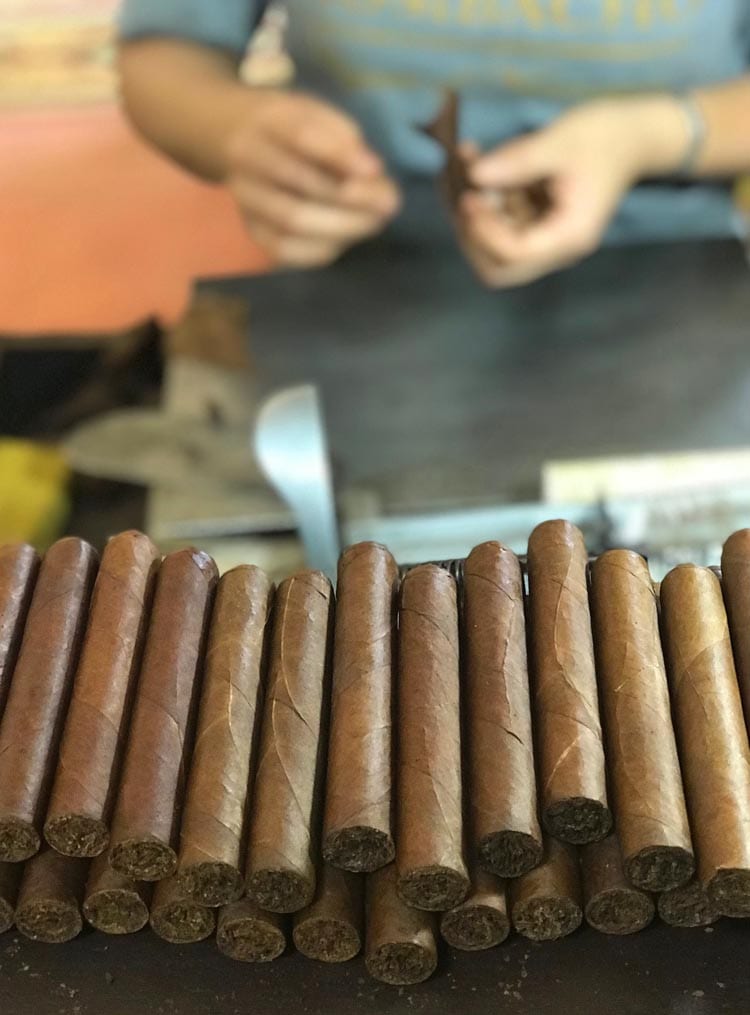
Roll Your Own Cigars
Nicaragua has similar growing conditions to Cuba and it’s actually been argued that Nicaraguan tobacco is of higher quality than Cuba, which is just harder to obtain. Under the Fidel Castro reign, many of Cuba’s famous cigar makers temporarily took up residence in Nicaragua and were instrumental in getting the industry off the ground. The area around Estelí in the north is Nicaragua’s cigar capital and where most of the plantations are, but there are also 40 factories around the country.
We toured Mombacho’s Casa Favilli which was named after one of the volcanoes. Right in Granada, it is the only factory that uses 100% Nicaraguan products. It’s an intricate and complicated process that takes six people just to make one cigar. Like fermenting wine, it requires a delicate touch with precision in the rolling, cutting and wrapping. But there’s truly no cooler souvenir than something handmade, even if they wouldn’t stamp it with their seal of authenticity (I get it, we weren’t up to their quality standards, wha wha).
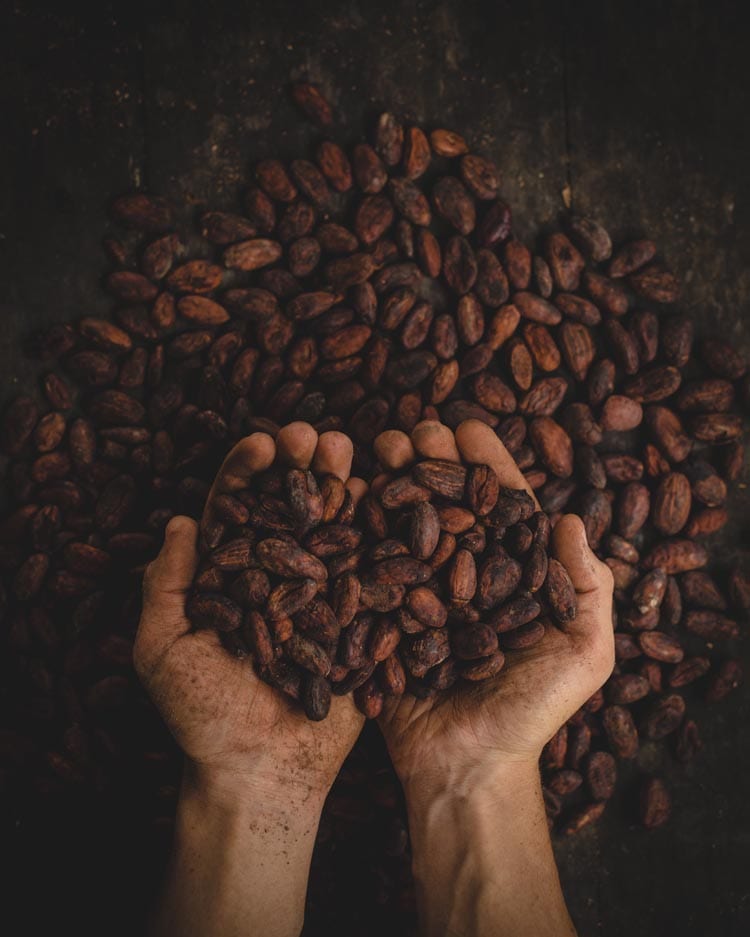
Become a Chocolatier
Another immersive, hands-on activity, the Museo de Chocolate in Granada is a premier “beans to bar” experience. A hotel, cooking class and museum all in one, the Mansión de Chocolate was built by one of the former Presidents of Nicaragua in the late 1800s. You can tour the farm and learn about the history of the cocoa bean and how it was used as Mayan currency (including how much they had to trade for a woman or slave). “Kenny Wonka,” a super high energy dude hopped up on sugar will show you the correct bean grinding procedure (dancing required. “You can do it put your back into it.”
Afterward, you’ll satisfy your sweet tooth making your own chocolate bars and cocoa drinks (alcoholic or non), and sampling some of their other goodies. There are a variety of ingredients to personalize your creation, sea salt and coconut being my favorite combination. There’s also a chocolate spa if you’re in need of some sweet, sweet relaxation.
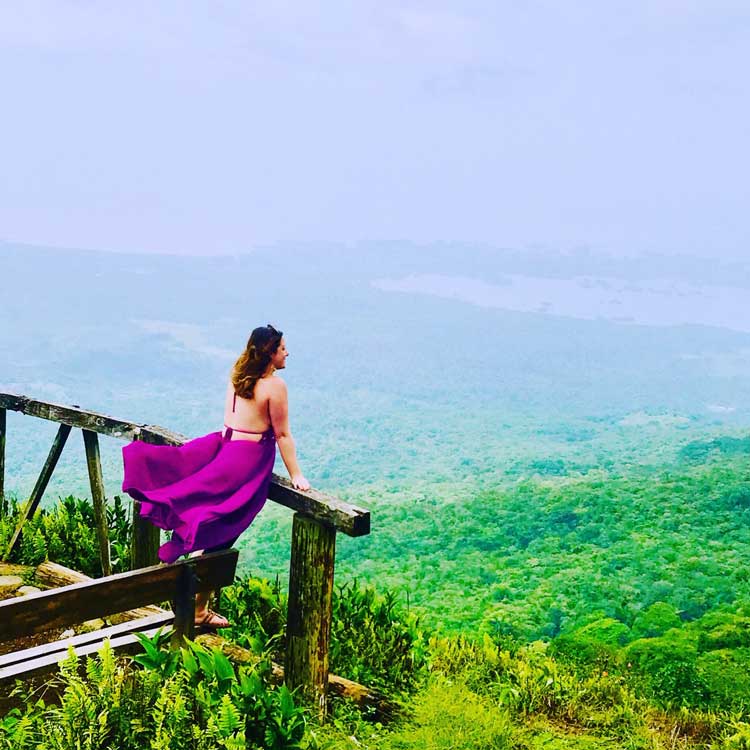
Get Acquainted with More Volcanoes
Volcanoes are a major part of the Nicaraguan landscape and interacting with them is an essential part of a visit. With both active and dormant sleeping giants, each offers a bit of a different view and perspective. Mombacho is a popular one to hike as it’s the center of a nature reserve right outside Granada. You’ll drive or ride a safari-style 4×4 up a bumpy road to the summit and hike 1.5km for the best panorama of the city. For a longer jaunt, there’s a 4km loop through a cloud forest that takes you around several of the craters. There’s also zip lining, camping, and eco-tours in the area.
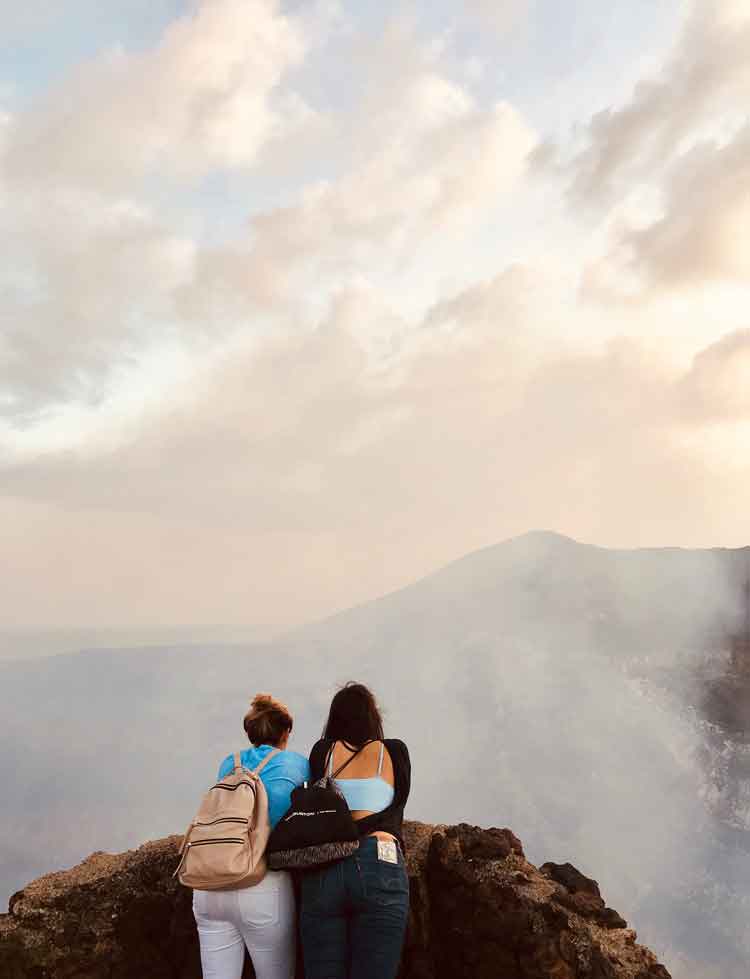
Masaya National Park is one of the most visibly active volcanos and more what you picture if you’re hoping for smoldering flames. You can drive right up to the crater and see the bubbling lava lake, which varies in intensity throughout the day. It’s a popular sunset spot as the view is more dramatic when it’s dark.
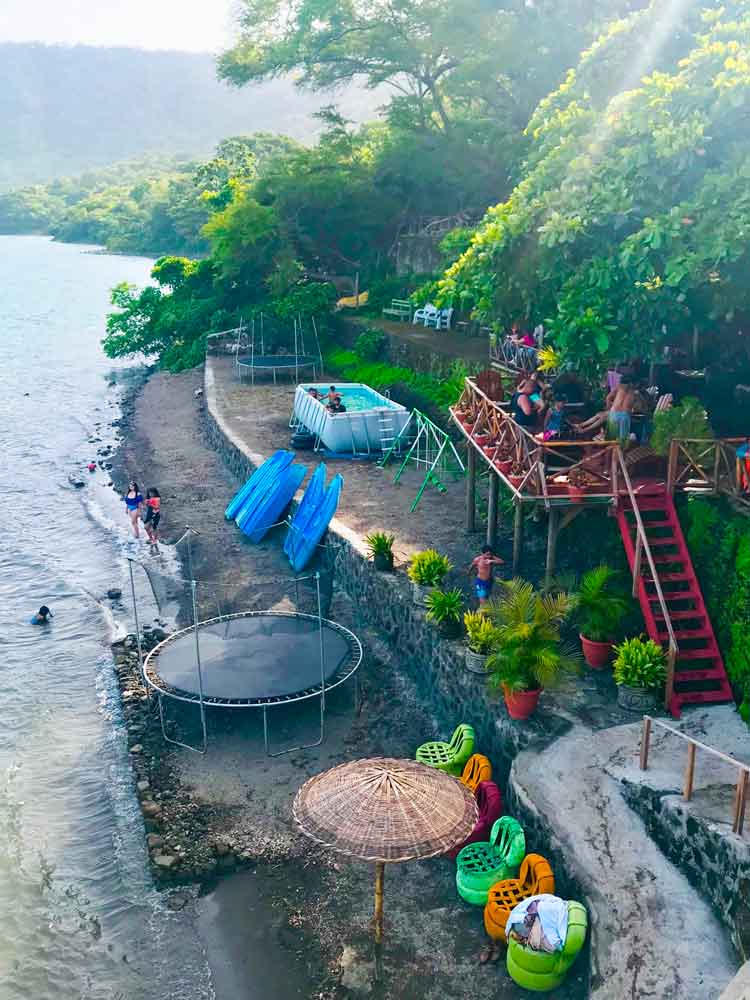
Experience the Lake Effect
Lake Nicaragua or El Lago de Apoyo (not “pollo” like I thought they were saying) is the largest lake in Central America. Formed out of a crater (sensing a trend?), it’s naturally warm, the result of thermal heating and a true natural wonder. You can take in its vastness from the overlook in Catarina, a tourist haven where horses pose in front of the water, street vendors hock their wares, and mariachi bands set the mood.
When you’re ready to jump in, there are kayak and SUP rentals, but the place to post up with a cold one is Abuela’s Restaurant. Overlooking the entire lake, there are swings, lounge chairs, swim platforms to jump off, and floating docks.
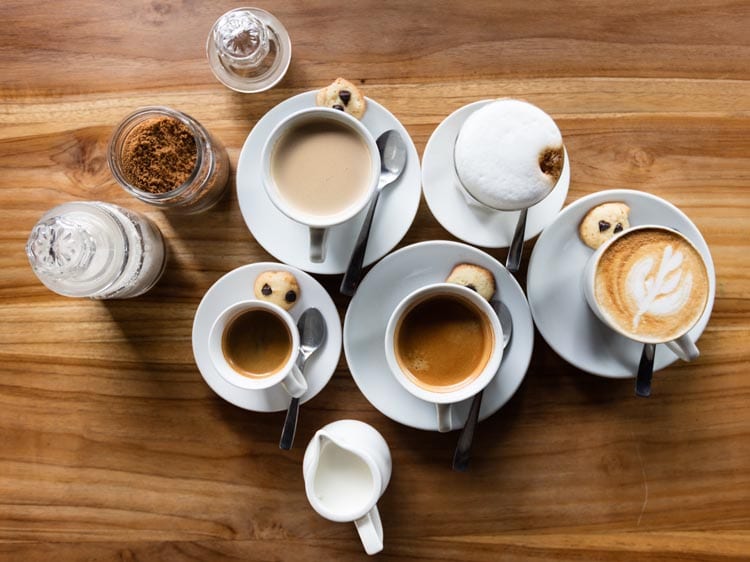
Follow the Coffee Route
Nicaragua’s fertile soil is also conducive to farming coffee beans, making Java the country’s leading export. If you’re a fan of the roasting culture, head to the highlands area in the north near Matagalpa. You can tour the plantations from November through February and get a lesson in planting, picking, processing, and everyone’s favorite part – tasting. If that’s not enough of an immersive experience, you can also stay overnight at Selva Negra Ecolodge to learn all about sustainable organic farming.
Things to do in Nicaragua Will Surprise You
From the adrenaline rush of sandboarding down Cerro Negro to the serene beauty of Ometepe Island’s twin volcanoes, the country offers experiences that cater to both thrill-seekers and cultural enthusiasts. Whether you’re exploring colonial cities, indulging in local cuisine, or immersing yourself in indigenous traditions, Nicaragua invites you to step off the beaten path and discover its rich tapestry of experiences. It’s a destination that challenges perceptions and rewards the curious traveler with unforgettable memories.
You may also like exploring El Salvador.
Like It? Pin It!
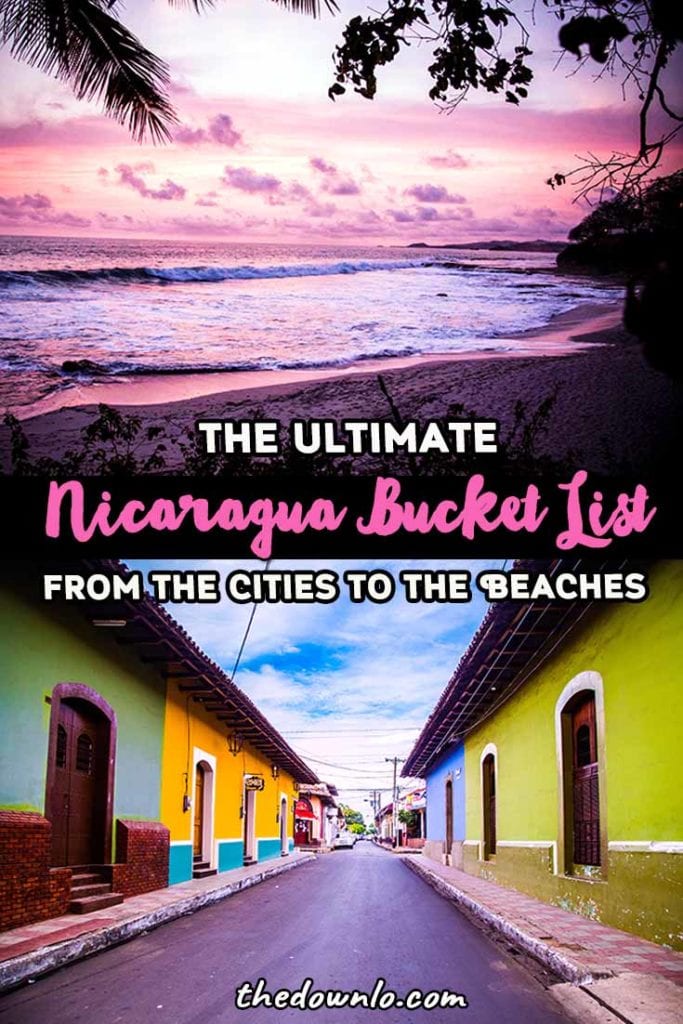
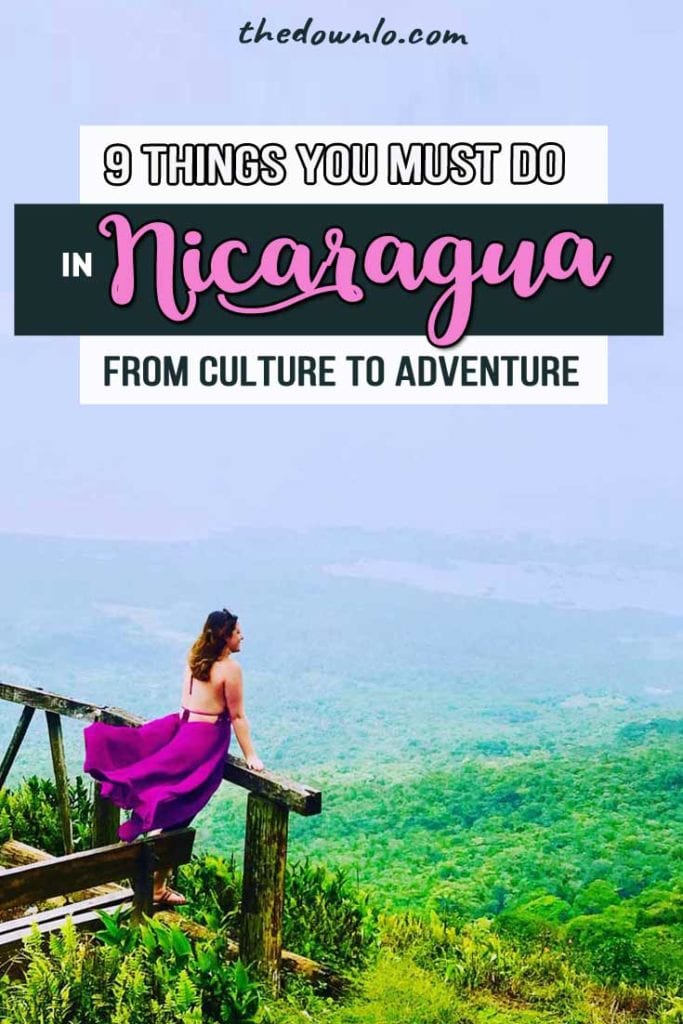
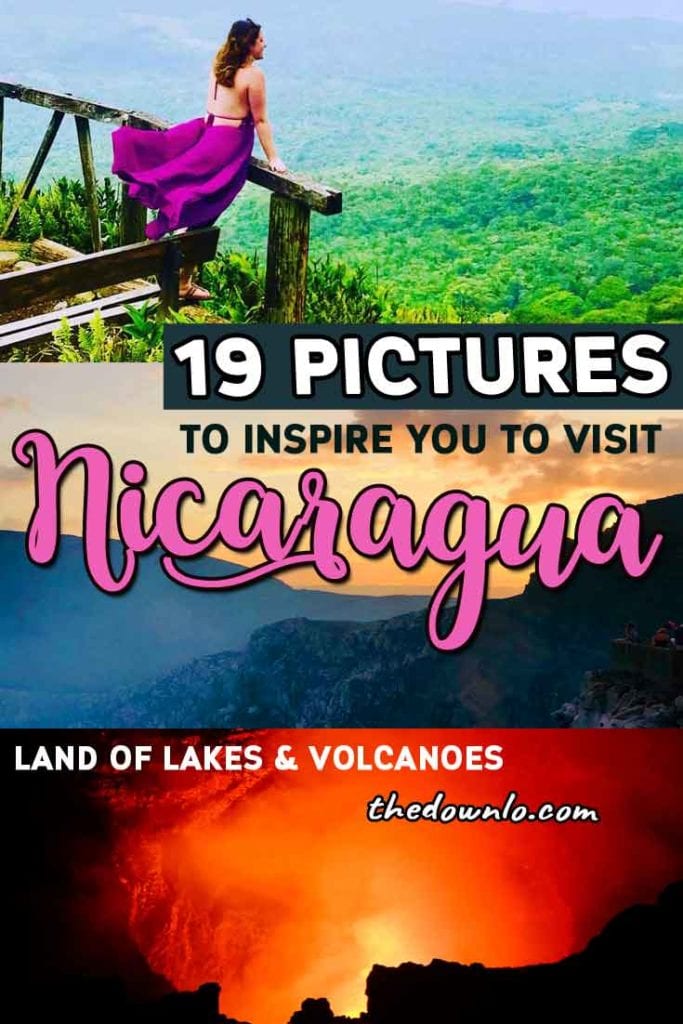

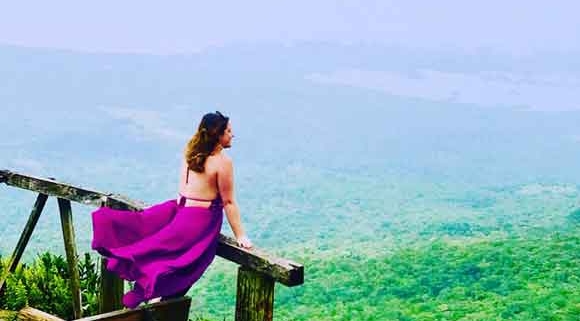
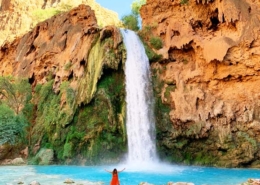
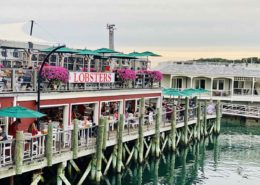

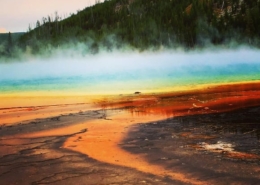

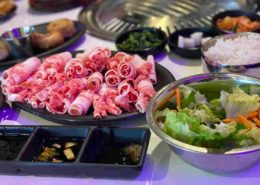



I wanna go just for the volcanoes!!
I looooved Nicaragua when I was there. Your pictures capture it beautifully and it really is an adventurous destination!